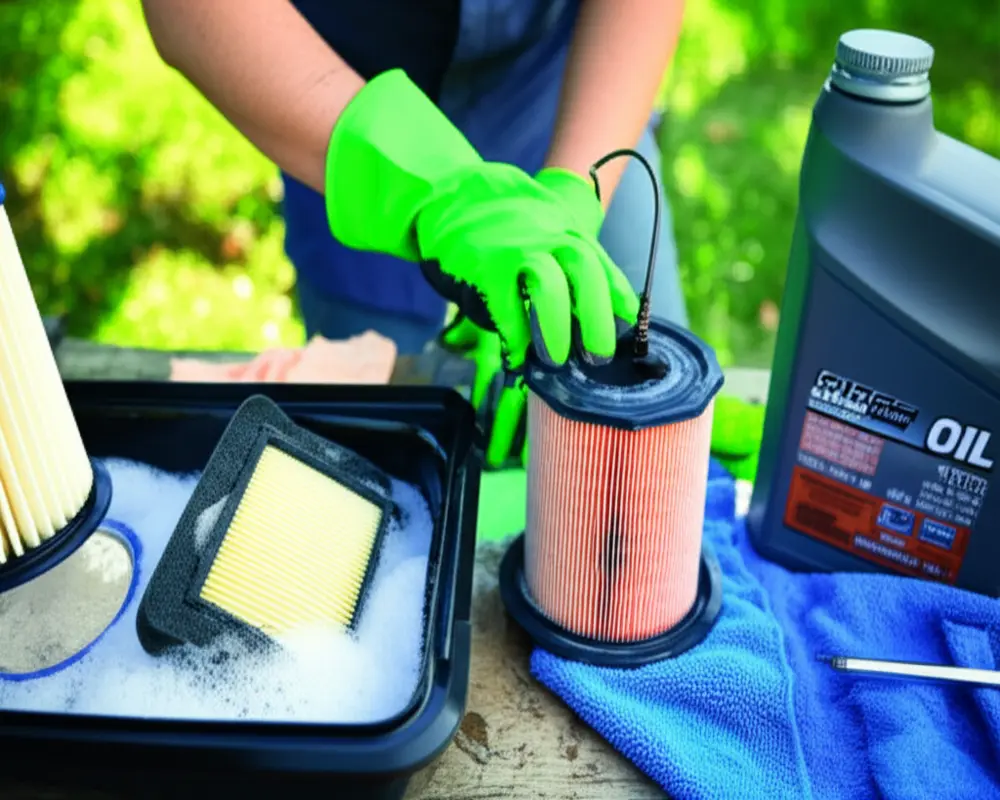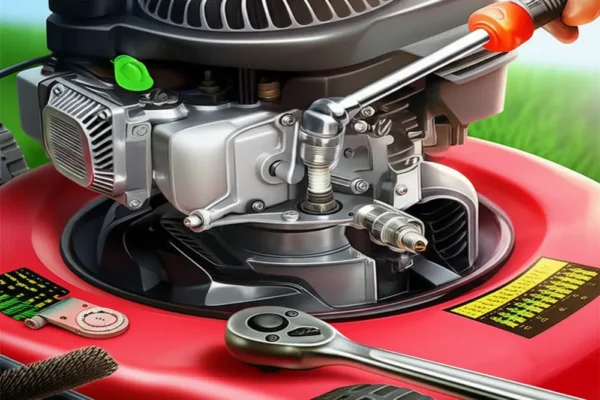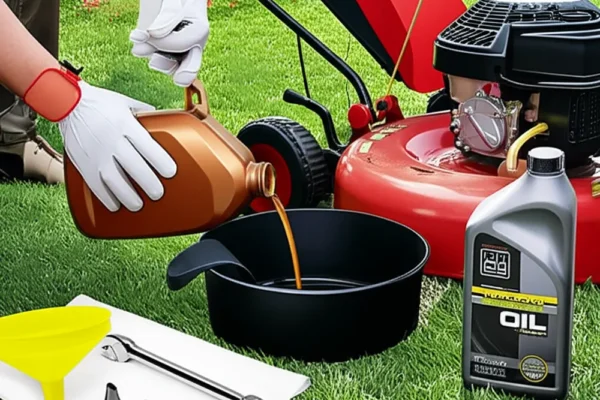How to Clean Your Lawn Mower Air Filter: A Step-by-Step Guide for Foam, Paper, & Pre-Cleaners
Is your lawn mower sputtering, losing power, or running rough? A clogged or dirty air filter is often the hidden culprit behind these common issues. Keeping your lawn mower air filter clean is essential for maintaining peak engine performance, fuel efficiency, and extending the life of your mower. In this comprehensive guide, you’ll learn how to identify different types of lawn mower air filters, the best cleaning methods for each, when to replace them, and practical lawn mower maintenance tips to keep your equipment running smoothly.
Safety First: Essential Precautions Before You Start
Contents
- 1 Safety First: Essential Precautions Before You Start
- 2 Tools and Materials You’ll Need
- 3 Identifying Your Lawn Mower Air Filter Type
- 4 Step-by-Step Cleaning Guides for Each Filter Type
- 5 When to Clean vs. When to Replace Your Air Filter
- 6 How Often Should You Clean Your Lawn Mower Air Filter?
- 7 Signs of a Dirty Air Filter
- 8 Common Mistakes to Avoid
- 9 Troubleshooting After Cleaning
- 10 Frequently Asked Questions (FAQs)
- 11 Conclusion: Keeping Your Lawn Mower Running Strong
Before diving into the cleaning process, safety must be your top priority. Disconnect the spark plug wire to prevent accidental starts, and allow the engine to cool completely. Perform the cleaning in a well-ventilated area to avoid inhaling fumes or dust. If you must tilt the mower to access the filter, handle gasoline carefully to prevent spills. Wearing gloves and eye protection will protect you from dirt and debris. Finally, consult your mower’s owner manual for any model-specific instructions.
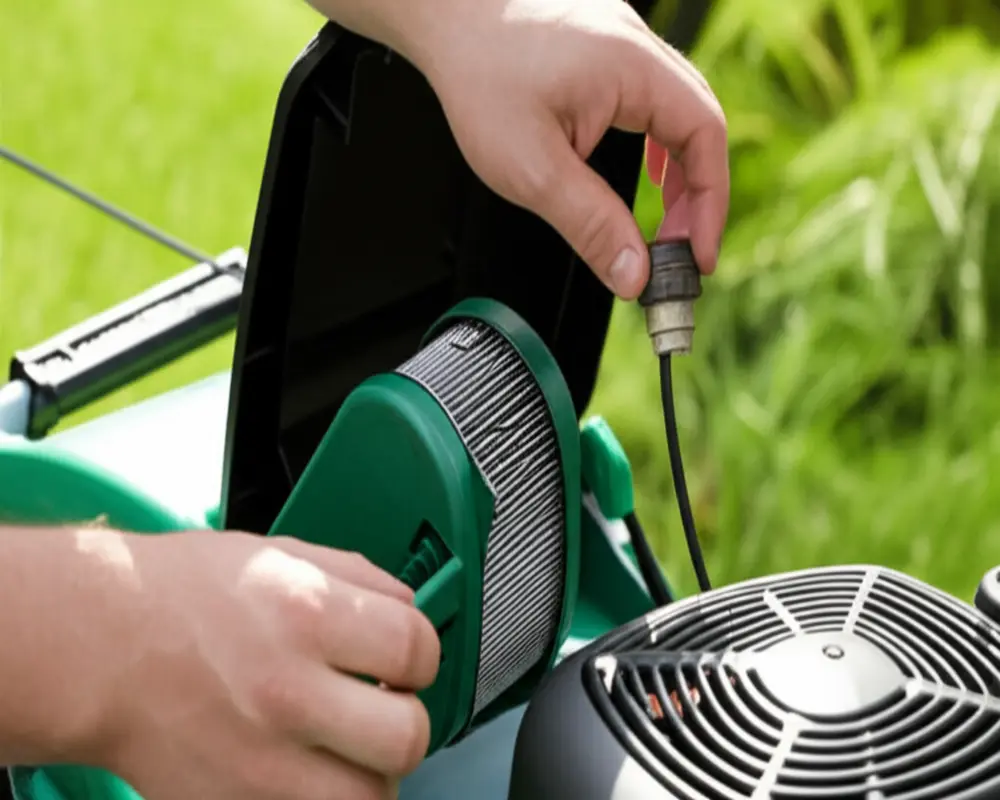
Tools and Materials You’ll Need
Gather the right tools to make the cleaning process efficient and effective. You’ll need a screwdriver (flathead or Phillips) to remove the air filter cover, clean rags or paper towels, mild dish soap and warm water for foam filters, engine oil for oiling foam filters, a soft brush or compressed air for paper filters, a new air filter if replacement is necessary, a drop cloth or newspapers to catch dirt, and optionally a parts cleaning brush.
Identifying Your Lawn Mower Air Filter Type
Understanding your air filter type is crucial since cleaning methods vary. The three common types are:
- Foam Filters: These have a spongy texture and are often yellow or black. They are washable and reusable.
- Pleated Paper Filters: Characterized by accordion-like folds, usually white or beige. They generally require gentle cleaning or replacement.
- Pre-Cleaners: Thin foam layers wrapped around paper filters for extra protection.
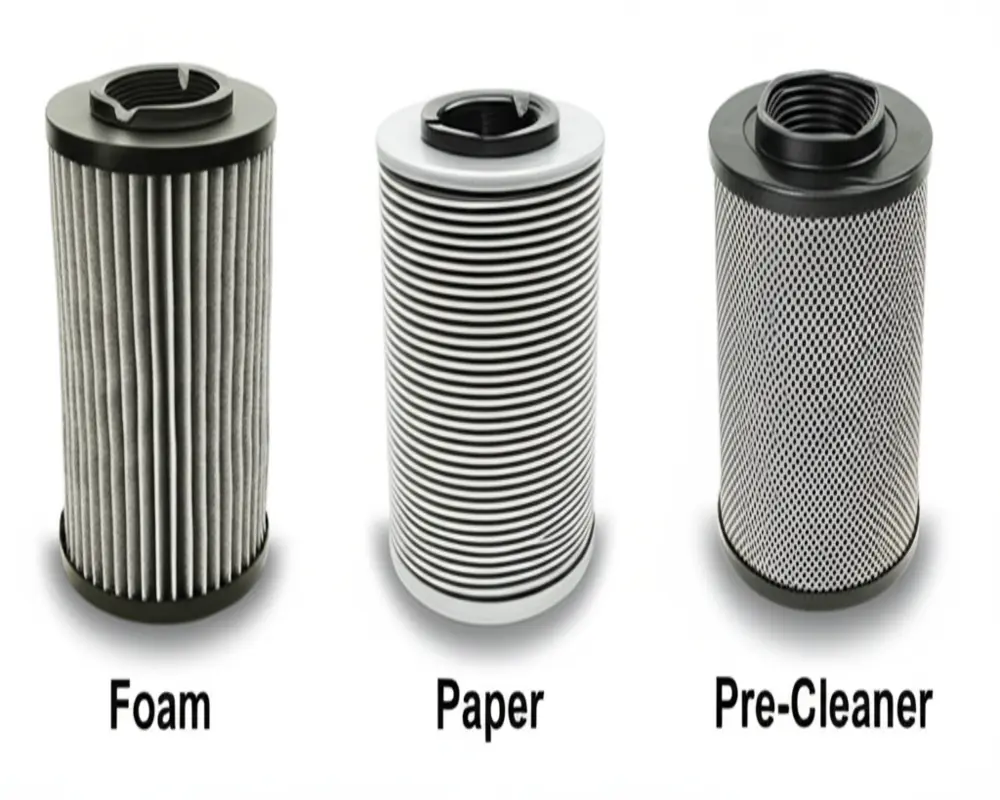
Step-by-Step Cleaning Guides for Each Filter Type
Begin by opening the air filter cover and removing the filter and housing. Then follow the specific instructions below based on your filter type.
Cleaning Foam Air Filters
Foam filters are durable and intended for repeated cleaning. Start by removing the pre-cleaner if present. Gently wash the foam filter with warm water and mild dish soap, rinsing thoroughly until the water runs clear. Squeeze out excess water carefully and allow the filter to air dry completely. Once dry, apply a light coating of engine oil and squeeze out any surplus oil to ensure the filter traps dust effectively without restricting airflow. Finally, reinstall the filter and secure the cover.
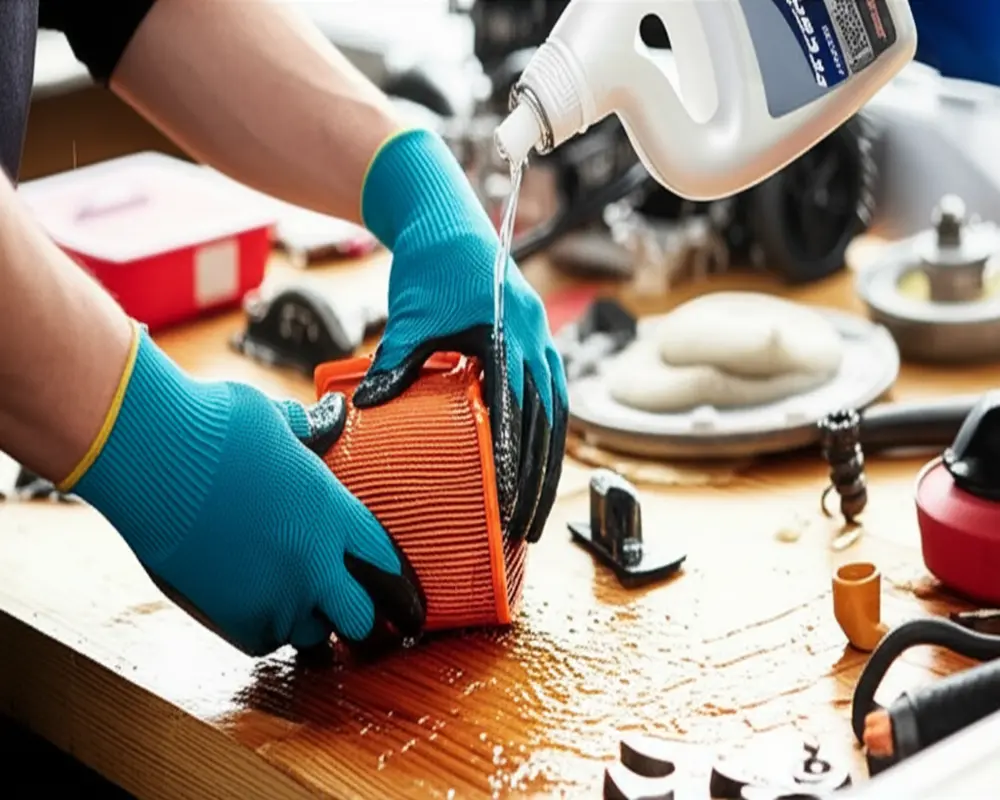
Cleaning Pleated Paper Filters
Paper filters require a gentler approach. Remove any pre-cleaner foam, then tap the filter gently to dislodge loose dirt. Use a soft brush or low-pressure compressed air blown from inside out to remove finer particles. Avoid high-pressure air which can damage the filter material. Inspect the filter carefully for any tears or damage. If damaged, replacement is recommended. Reinstall the filter and cover once clean.
Cleaning Foam Pre-Cleaners
Foam pre-cleaners protect the main filter and can be washed similarly to foam filters. Remove the pre-cleaner from the main filter, wash with warm soapy water, squeeze dry, and air dry thoroughly. Some manufacturers advise lightly oiling these foam layers before reinstalling to improve dust capture. Always refer to your mower’s manual for specific recommendations.
When to Clean vs. When to Replace Your Air Filter
Regular cleaning can prolong your filter’s life, but replacement is necessary if the filter is torn, damaged, or excessively dirty beyond cleaning. Paper filters saturated with oil or foam filters showing signs of deterioration should be replaced promptly. Persistent engine issues after cleaning may also indicate the need for a new filter. It’s prudent to keep spare filters on hand to avoid downtime during the mowing season.
How Often Should You Clean Your Lawn Mower Air Filter?
Cleaning frequency depends on use and conditions. For typical residential mowing, clean the air filter every 25 hours of operation or once per mowing season. In dusty, dry, or commercial environments, more frequent cleaning may be necessary. Always perform a visual inspection before each use to catch dirt buildup early and maintain optimal engine health.
Signs of a Dirty Air Filter
A clogged air filter can cause several symptoms. You may notice reduced engine power or sluggishness, difficulty starting, black exhaust smoke, increased fuel consumption, or unusual engine noises. Recognizing these signs early can save you from costly repairs and ensure your mower performs reliably.
Common Mistakes to Avoid
Cleaning your air filter correctly is important. Avoid using gasoline or harsh chemical cleaners which can damage the filter material. Over-oiling foam filters can restrict airflow and harm engine performance, while using high-pressure air on paper filters may cause tears. Never reinstall foam filters while damp or wet, as moisture can damage the engine. Ignoring visible tears or damage compromises filter effectiveness and engine protection.
Troubleshooting After Cleaning
If your mower still runs poorly after cleaning or replacing the air filter, check the spark plug condition and clean or replace it if necessary. Inspect and clean the fuel filter, and if comfortable, clean the carburetor to remove any clogs. Persistent issues may warrant professional service to diagnose underlying problems.
Frequently Asked Questions (FAQs)
- Can paper filters be washed?
- Generally, paper filters are not designed to be washed with water. Light cleaning with compressed air or gentle tapping to remove dirt is recommended. If heavily soiled, replacement is best.
- What oil is best for foam filters?
- Use engine oil specifically formulated for foam air filters. This oil is designed to trap dust and debris effectively without clogging airflow. Avoid using motor oil or other types not intended for air filter maintenance.
- How long does an air filter last?
- With proper cleaning and maintenance, foam filters can last multiple seasons, while paper filters typically require replacement annually or when damaged.
- Can a dirty filter cause mower smoke?
- Yes, a clogged air filter can cause the engine to run rich, producing black smoke from the exhaust.
- Is it safe to run without a filter temporarily?
- Running without an air filter is not recommended as it exposes the engine to dust and debris, causing premature wear and potential damage.
Conclusion: Keeping Your Lawn Mower Running Strong
Maintaining a clean air filter is a simple yet vital task that dramatically improves your lawn mower’s engine performance and longevity. With the right tools and knowledge, performing lawn mower air filter cleaning yourself empowers you to maintain your equipment efficiently and cost-effectively. Always consult your mower’s manual for model-specific guidance, and don’t hesitate to replace the filter when necessary. For more expert advice on garden equipment care, check our rust prevention techniques and hand cultivator maintenance tips.
For further authoritative information, visit the Briggs & Stratton official site or trusted guides like The Spruce and Family Handyman.

